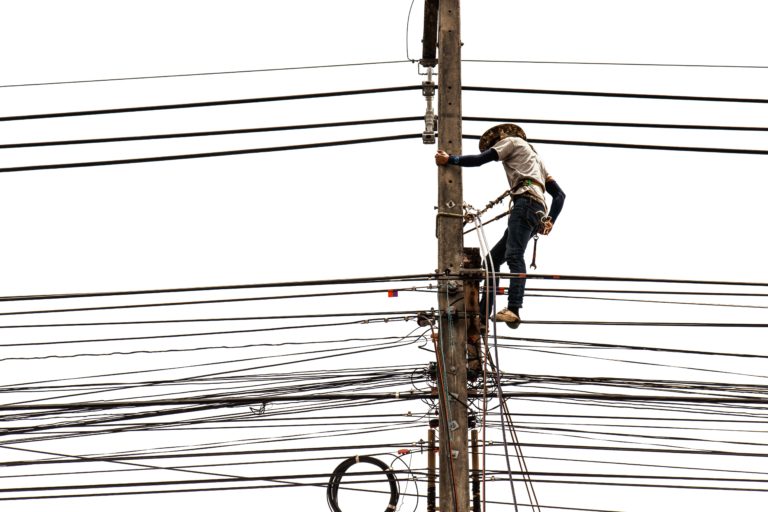Home / Business & Management / HR / Occupational Health in Developing Countries / Non-ionizing radiation
This article is from the free online
Occupational Health in Developing Countries


Reach your personal and professional goals
Unlock access to hundreds of expert online courses and degrees from top universities and educators to gain accredited qualifications and professional CV-building certificates.
Join over 18 million learners to launch, switch or build upon your career, all at your own pace, across a wide range of topic areas.

 Mobile phones are probably the most common source for non-ionizing radiation.© G. Tjalvin
Mobile phones are probably the most common source for non-ionizing radiation.© G. Tjalvin Sign indicating risk of non-ionizing electromagnetic radiation © Colourbox
Sign indicating risk of non-ionizing electromagnetic radiation © Colourbox Plastic welder © Kjell Hansson Mild
Plastic welder © Kjell Hansson Mild
 Worker in power tower (electricity pylon) © Colourbox
Worker in power tower (electricity pylon) © Colourbox






